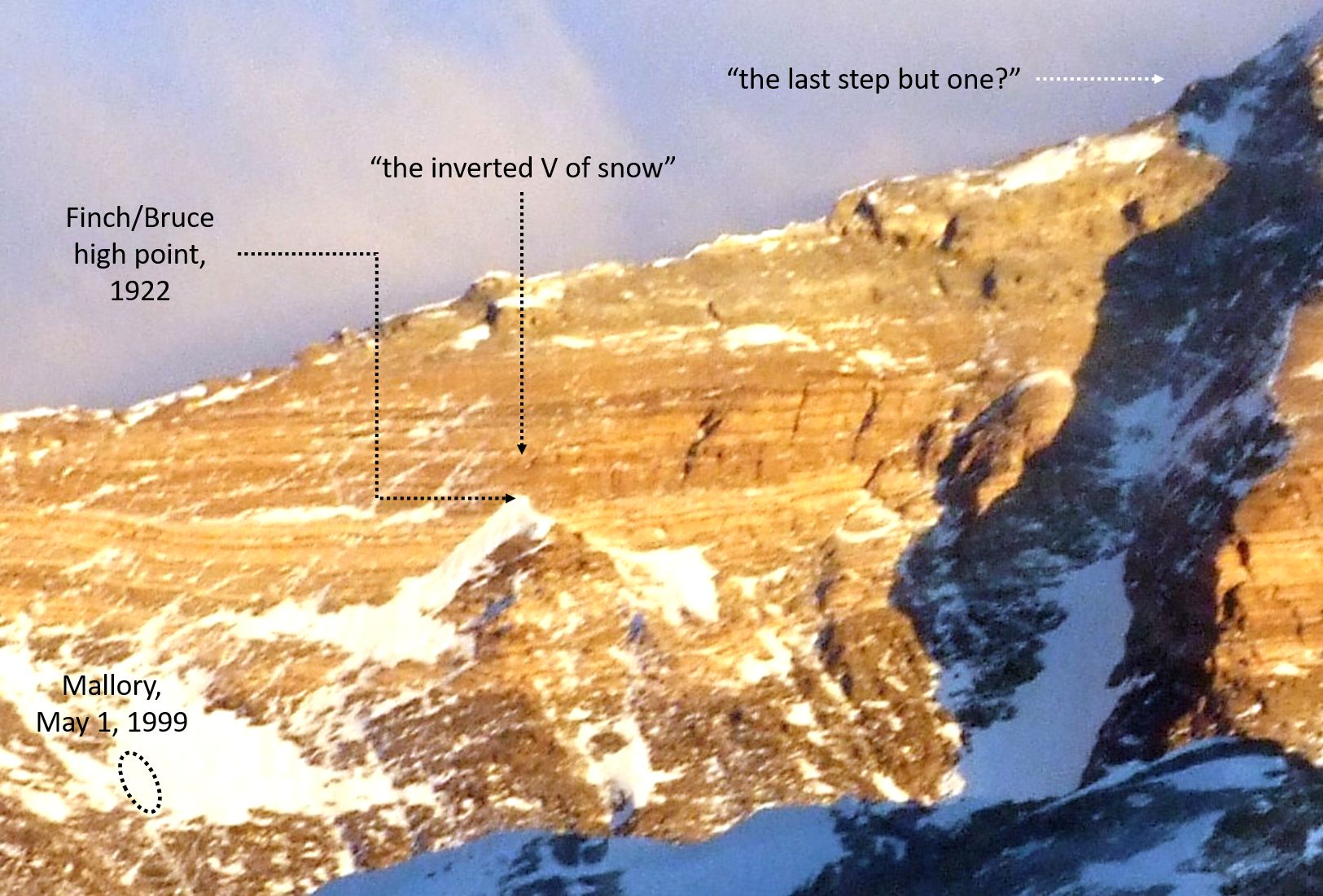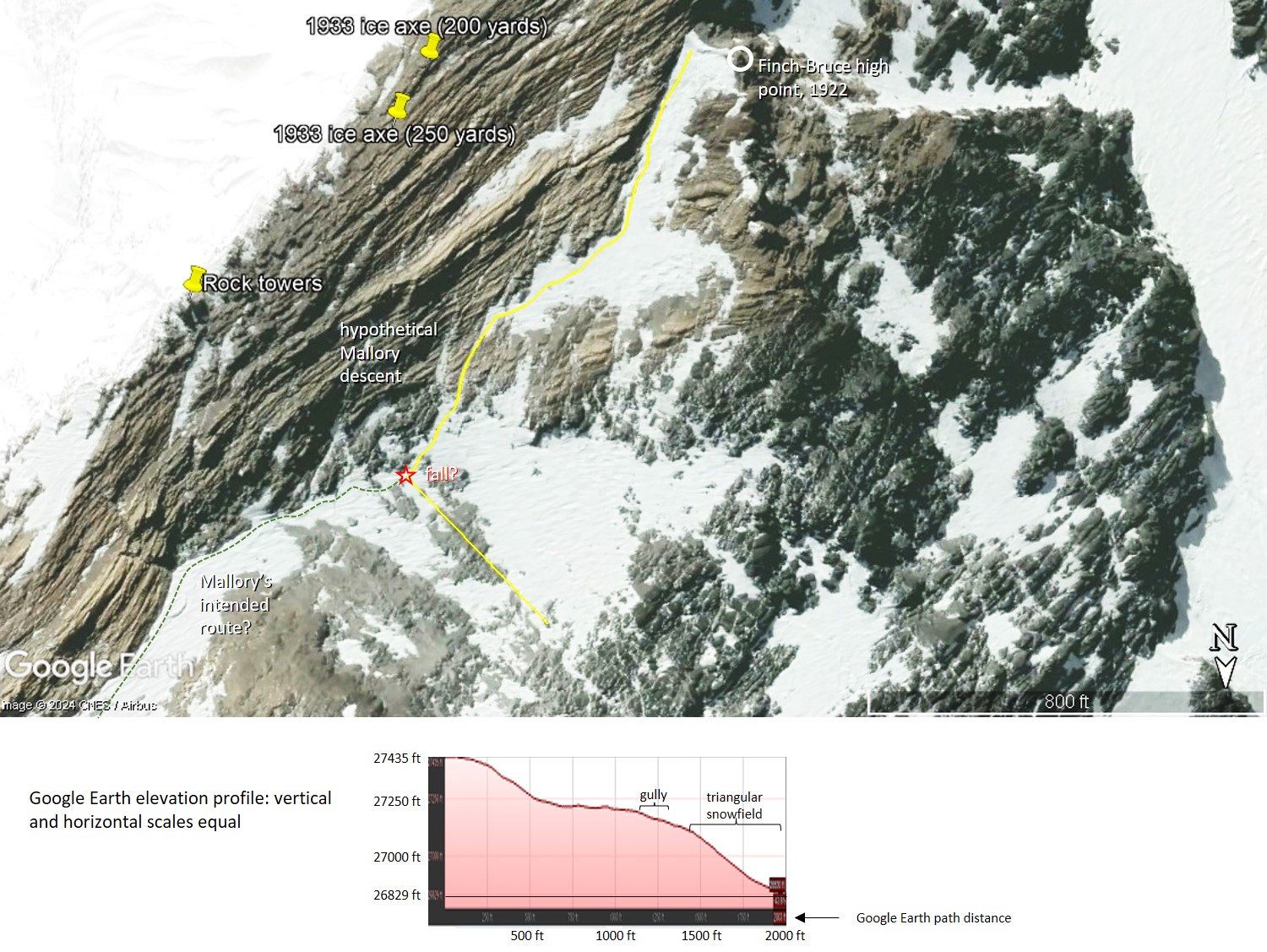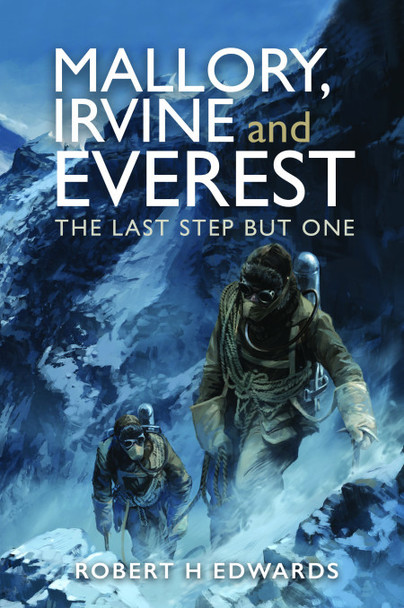Author Guest Post: Robert H Edwards
Mallory, Irvine, Everest: The Last Step But One
June 8, 2024 marks the 100th anniversary of the last climb of George Leigh Mallory and Andrew Comyn Irvine. At 12:50 pm on June 8, 1924, their colleague Noel Odell glimpsed them briefly, through a clearing in the clouds, briskly surmounting a rock step on the high slopes of Mount Everest. Later, he would call that spot “the last step but one”.
As the world knows, Mallory and Irvine were never seen alive again. Seventy-five years later, American climbers discovered Mallory’s mortal remains. To this day, Irvine’s body has never been found. The mystery remains: did they reach the summit of Everest? My book Mallory, Irvine and Everest: The Last Step But One is an investigation of that enigma.
The book is the second of three that I have written (so far), in a series that I like to call “Great Twentieth Century Mysteries”.
I have never owned a television; but my wife and I subscribe to a streaming network. Once in a while, our tastes align on an old episode of the American TV series “Monk”. Viewers come to expect that at some point in each episode, Detective Monk will pronounce the phrase “Here’s what happened”. Thereupon, we come to know whodunnit.
My books are not like that.
I’m a mathematician. In each of my books, I have endeavoured to avoid speculation and preconceived narrative. I have assembled the known facts, the evidence, the eye-witness reports. I have adhered to the contemporary documents: the accounts of those who were there. I do not wish to impose a conclusion or a solution on the reader. My books are not in the nature of “case closed”. I would like the facts to speak, and the reader to judge.
With that preamble, I invite the reader to reflect on an aspect of the Mallory and Irvine mystery, that I did not set out in my book. I did not have enough facts or evidence to construct a narrative.
Among the artifacts found on Mallory’s body, there was a pair of sun goggles. He had not been wearing them when he died. They were in one of his pockets. It was an inescapable inference that he had met his end after sunset (which on June 8, 1924 was at 18:37 Nepal time). Therefore, he must have been descending. We might assume that he was descending before moonset (which on that day was at 22:54). No lamp or lantern was found on or near his body; therefore, he must have been descending by moonlight.
We might conjecture (and I invite climbers to confirm) that by moonlight, snow would be more visible than rock, and that Mallory would have chosen, wherever possible, to descend on snow.
I imagine George Mallory, after sunset on June 8, 1924, coming down Mount Everest. Whether he has reached the summit or not, whether he is with Andrew Irvine or alone, I propose for the moment to leave aside.
Mallory has consumed or discarded all of his oxygen. He is not aiming for his high camp at the Northeast Shoulder. His only hope of survival is to reach his Camp V at 25,300 feet on the North Ridge, which, prior to his summit bid, he has asked Noel Odell to leave vacant. If he can reach Camp V, he can spend the night there. Or if his strength permits, he can continue down to Camp IV at 23,000 feet on the North Col, where his colleagues await with hot food and drink.
Mallory is searching for a route on the moonlit snow. I imagine that he remembers events of the 1922 expedition. In that year, he had been in the first summit attempt; he had reached 26,985 feet. Days later, his colleagues (and perhaps competitors) George Ingle Finch and Geoffrey Bruce had reached 27,235 feet. Later, Finch described his high point as follows:
“The point we had gained may be easily recognised. We were standing inside the bend of a conspicuous inverted ” V ” of snow, immediately below the great belt of reddish-yellow granite [the Yellow Band] …”

At that point, Finch and Bruce turned back, and made an uneventful traverse across the North Face, back to their camp and to safety.
Mallory knows that Finch and Bruce had descended safely from their high point to their Camp V.b on the North Ridge; and that therefore there is a route from that point to his own Camp V, also on the North Ridge. Mallory recalls the “inverted ‘V’ of snow”. He is searching for that point. I imagine that he finds it.
With this assumption, and purely hypothetically, I sketched a route on Google Earth, starting from approximately Finch’s and Bruce’s high point, remaining on snow, and ending at Mallory’s final resting place. This route is shown below.
My hypothetical route leads to a gully at the base of the Yellow Band. In modern images, this gully is filled with snow.
If Mallory successfully descended the gully and arrived at the triangular snowfield below, it would be as logical a decision as any to proceed northeast along the base of the Yellow Band, keeping to the snow. In that case, I conjecture that after traversing a short distance, he fell. A fall line perpendicular to the contours would then carry him directly to the place where he was found on May 1st, 1999.
Even if all of the above could be confirmed (and I have no data to that effect), a question would remain unanswered. What was Mallory’s trajectory from “the last step but one”, at 12:50 pm, to “the inverted V of snow” sometime after sunset? I have an idea. That is another story.


Order your copy here.

